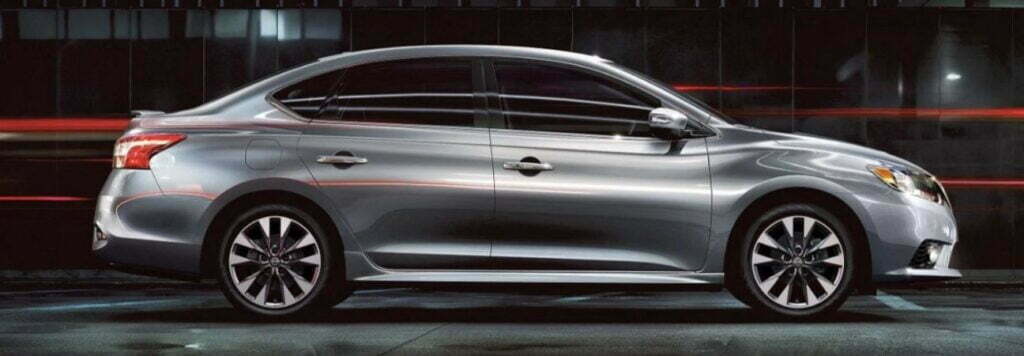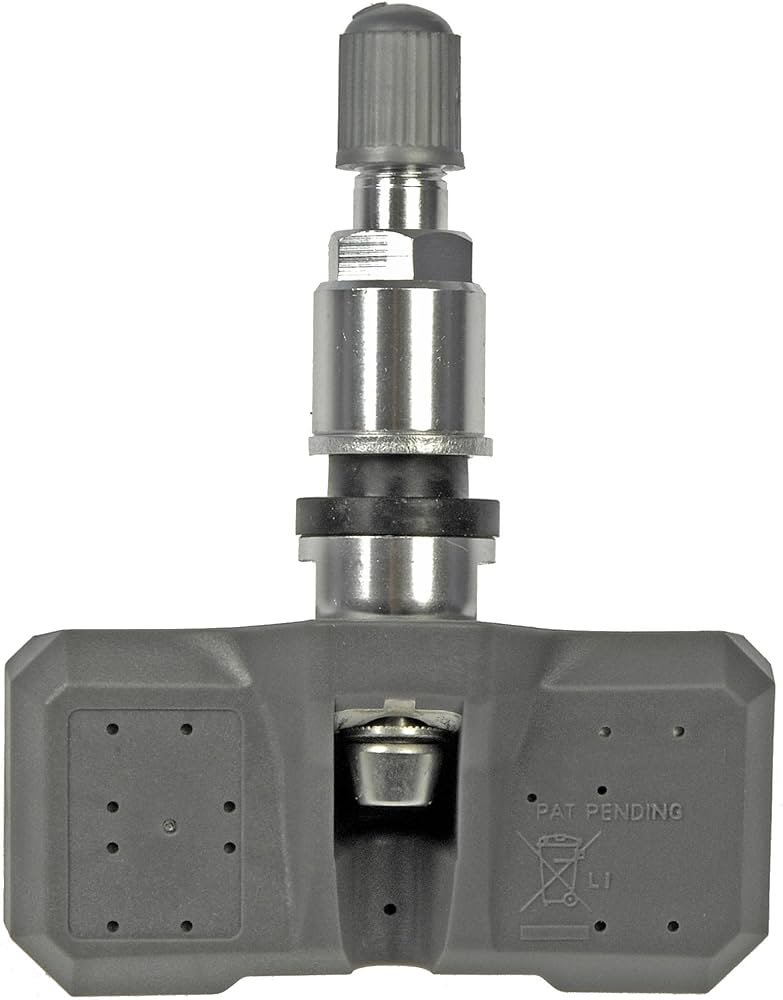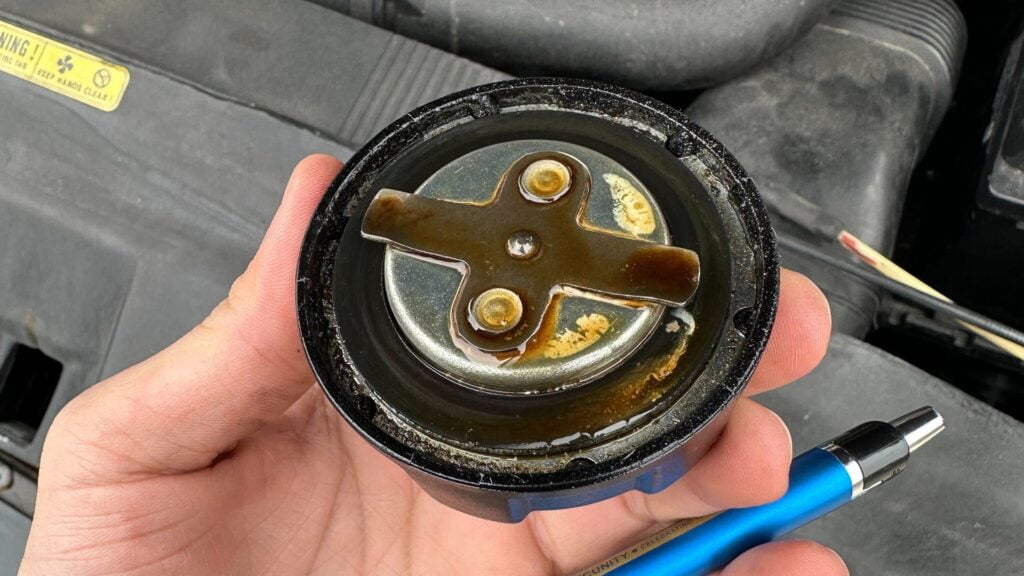Nissan Sentra Eco Mode Need to Know: Unlocking the Power
The Nissan Sentra Eco Mode is a feature designed to improve fuel efficiency and reduce emissions. It adjusts various vehicle settings to optimize performance in terms of economy. In Eco Mode, the Sentra adjusts throttle response, transmission shift points, and air conditioning settings to prioritize fuel efficiency. This feature can help drivers save money on fuel costs and minimize their carbon footprint. Whether you are a daily commuter or someone who frequently drives long distances, understanding the benefits and functionality of the Nissan Sentra Eco Mode can enhance your driving experience and contribute to a greener future. What Is Nissan Sentra Eco Mode And How Does It Work? Nissan Sentra Eco Mode is a feature that optimizes fuel consumption by adjusting the transmission, throttle response, and other settings. It helps enhance fuel efficiency and reduce emissions without sacrificing performance. Nissan Sentra Eco Mode is a feature designed to enhance the fuel efficiency of your vehicle. By optimizing engine performance, adjusting transmission and throttle response, this mode helps you save fuel without compromising on the driving experience. Let’s take a closer look at how each of these aspects works to maximize your car’s efficiency. Engine Optimization For Fuel Efficiency In Nissan Sentra Eco Mode, the engine is fine-tuned to deliver optimal fuel efficiency. The engine control unit (ECU) carefully adjusts various parameters, such as ignition timing and valve opening duration, to achieve the most efficient combustion process. This ensures that you get the most out of every drop of fuel, reducing overall consumption. By optimizing the engine, Nissan Sentra Eco Mode reduces unnecessary energy losses, allowing the car to deliver a smoother, more efficient performance. In this mode, the engine operates at a lower RPM (revolutions per minute) range, promoting a more economical driving experience. Adjusting Transmission And Throttle Response To further enhance fuel efficiency, Nissan Sentra Eco Mode modifies both the transmission and throttle response. In this mode, the transmission is programmed to upshift earlier and downshift later, allowing the engine to operate at lower RPMs and reducing fuel consumption. Additionally, the throttle response is adjusted to be less sensitive, meaning that when you press the accelerator pedal, the engine’s power delivery is more gradual. This not only promotes fuel efficiency but also helps create a smoother driving experience overall. By fine-tuning the transmission and throttle response, Nissan Sentra Eco Mode helps optimize power delivery and conserve fuel without sacrificing the car’s performance. In conclusion, Nissan Sentra Eco Mode is a valuable feature that increases the fuel efficiency of your vehicle while maintaining a satisfying driving experience. Engine optimization, transmission adjustments, and throttle response modifications work together to deliver a smoother performance and save fuel along the way. Activate Eco Mode to enjoy a more economical and eco-friendly ride in your Nissan Sentra. Benefits Of Using Nissan Sentra Eco Mode When it comes to driving, we all want a vehicle that not only performs well but also helps us reduce our carbon footprint and save money on fuel. That’s where the Nissan Sentra Eco Mode comes in. This innovative feature provides drivers with several benefits that enhance their driving experience. From improved fuel economy to reduced emissions, using the Nissan Sentra Eco Mode is a smart choice for both eco-conscious individuals and those looking to reduce their expenses. Improved Fuel Economy In today’s world, where fuel prices often fluctuate, getting the most out of every gallon becomes crucial. With Nissan Sentra Eco Mode, you can maximize your fuel efficiency and save money at the pump. This mode adjusts the vehicle’s performance to prioritize efficient driving, optimizing various systems such as throttle response and transmission shift points. By utilizing this mode, you can experience a noticeable improvement in your fuel economy, allowing you to travel more miles on less fuel. Reduced Emissions Being environmentally conscious is a responsibility we should all embrace. With the Nissan Sentra Eco Mode, reducing your vehicle’s emissions becomes effortless. By optimizing engine performance and adjusting other settings, this mode helps minimize the environmental impact of your daily commutes. With reduced emissions, you can contribute to cleaner air quality and make a positive impact on the planet. The Nissan Sentra Eco Mode enables you to enjoy your drive while knowing that you’re doing your part to protect the environment. Smoother Driving Experience In addition to better fuel economy and reduced emissions, the Nissan Sentra Eco Mode offers a smoother driving experience. With enhanced throttle response and optimized transmission shift points, this mode makes your driving feel more seamless and effortless. Whether you’re navigating in city traffic or cruising on the open road, the vehicle’s performance is tailored to provide a smoother ride. By activating the Nissan Sentra Eco Mode, you can enjoy a more enjoyable, comfortable, and relaxing drive. Overall, the Nissan Sentra Eco Mode provides a range of benefits that improve your driving experience while being environmentally friendly. From increased fuel economy and reduced emissions to a smoother driving experience, activating this innovative feature is a wise decision. By selecting the Nissan Sentra Eco Mode, you can optimize your vehicle’s performance, save money on fuel, and contribute to a greener future. Activating Nissan Sentra Eco Mode When it comes to fuel efficiency, the Nissan Sentra Eco Mode is a valuable feature that can help you maximize your gas mileage and reduce emissions. By activating the Eco Mode, you can optimize your driving experience and contribute to a greener environment. In this section, we will explore how to activate Nissan Sentra Eco Mode, its location, activation method, and indicator light confirmation. Location And Activation Method Activating Nissan Sentra Eco Mode is a simple and straightforward process. To begin, locate the Eco Mode button on your vehicle’s dashboard. On most Nissan Sentra models, this button is conveniently positioned near the center console, in close proximity to other essential controls. Once you have found the Eco Mode button, press it gently to activate this fuel-saving feature. The button may have an Eco icon displayed on it, symbolizing its
Nissan Sentra Eco Mode Need to Know: Unlocking the Power Read More »






